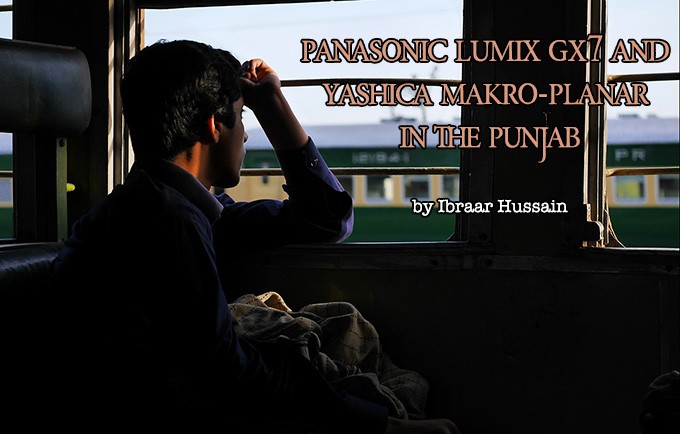
Panasonic Lumix GX7 and Yashica Makro-Planar in the Punjab
by Ibraar Hussain
I took a two-week trip to the Western Punjab (the real Punjab) in Pakistan and have just returned. Most of my 14 days were rained off so I couldn’t go to where I had planned and use my Rolleiflex with my Rollienars. What I did do was shoot with my new Panasonic LUMIX GX7. I had initially decided upon the Fuji XE2 but I couldn’t justify the price difference.
I actually bought it after much research as something to compliment my Rolleiflex and Contax G2. I could also use my Yashica AF lenses with it and could use it to photograph birdlife too. I find the use of adaptors exceedingly useful, and decided to buy one to fit my Yashica AF lenses.
I chose this over the Olympus OMD series as:
a) It’s cheaper
b) Handling was more to my liking – the OMD EM-5 and 10 have a terrible grip and I wasn’t too keen on the overall design.
c) love the tilting EVF and LCD so I sometimes use it like I do my Rolleiflex – with a waist level finder.
d) it’s made in Japan rather than China
Took me a day of playing around at home to get used to it and I managed to set it according to my requirements, I set the Function buttons to what I want, with 1 focus point and Centre Weighted metering.
My weapons of choice were my Yashica AF 60mm Makro Planar f2.8 (this lens, I have been informed by many reliable sources, is a rebranded Contax Zeiss 60mm Makro Planar so Sshh… don’t tell anyone and pick up a bargain – superb lens which doubles as a nice short tele and portrait lens) the Fotodiox adaptor has the aperture control on the barrel which I am so happy with as another niggly hindrance is the jog dial to change the F stop which is cumbersome and slow.
My other weapons were the compact metal, Made in Japan 30mm Sigma AF fit and the Yashica AF 210mm f4 zoom . I left my other Yashica lenses including the 24mm Distagon type at home as I didn’t think I’d need a standard lens as I was aiming to shoot portraits and Birdlife.
Anyway I shoot mostly in the 1:1 square format and I shot some portraits of Punjabi people, young and old, rich and poor, in villages, town bazaars and shrines and enjoyed the experience. I visited the colonial city of Sargodha, and took a long train ride on the 5’6” Indian wide gauge Railway. Trekked around the villages and fields near Sarai Alamgir near the City of Jhelum by the Jhelum River. And visited the Shrine of the Muslim Saint Pir-e-Shah Ghazi, Dhamrian wall Sarkar, Kharri Sharif, Kashmir.
In a two-week trip I only shot 260 odd exposures with it and most were keepers.
Beggar Kid, at the Shrine of Pir-e-ShahGhazi, at Kharri Sharif, Kashmir.
Yashica 60mm Makro-Planar f2.8
–
Beggar Kids, at the Shrine of Pir-e-ShahGhazi, at Kharri Sharif, Kashmir.
Yashica 60mm Makro-Planar f2.8
–
A Malang or Fakir or Jogi at the Shrine of Pir-e-ShahGhazi, at Kharri Sharif, Kashmir.
Yashica 60mm Makro-Planar f2.8
THOUGHTS
This is an excellent camera, and bar some niggles I will explain later, almost perfect in many ways. It looks great, the flip LED and EVF are excellent ideas and so useful. Lovely size and feel, and very quick to start up. Excellent picture quality and very good smooth ISO 800 speed for portraits of people indoors with natural light. Function buttons can be set, so the advanced user can have all at his disposal. 1:1 square ratio mode Takes good video too. Can use other lenses with adaptors. Focus peaking is very effective for MF.
A Malang or Fakir or Jogi at the Shrine of Pir-e-ShahGhazi, at Kharri Sharif, Kashmir.
Yashica 60mm Makro-Planar f2.8
–
A Malang or Fakir or Jogi at the Shrine of Pir-e-ShahGhazi, at Kharri Sharif, Kashmir.
Yashica 60mm Makro-Planar f2.8
DRAWBACKS
I find the constant computerised settings messing around annoying and it tends to get in the way, and things keep happening if I accidentally touch the screen which is sensitive.
Having too much is a hindrance too – sometimes I’d rather just make do with a certain ISO speed and work around this, rather than spend ages pondering what speed to set it at.
This needed dedicated buttons for most things, the Function buttons were ok though.
I find the lack of a dedicated concise Exposure Compensation dial a hindrance, I was constantly having to press the appropriate F button, push one of the toggle dials in and then change – whereas a dedicated compensation DIAL would’ve been perfect.
Changing aperture using the toggle Dial is very annoying and lacks the precise feel and involvement a lens barrel mounted aperture ring gives.
and I think the EVF is a tad small though it is bright.
Beggar Kid, at the Shrine of Pir-e-ShahGhazi, at Kharri Sharif, Kashmir.
Yashica 60mm Makro-Planar f2.8
–
Jatt Villager saluting, near Sarai Alamgir, Punjab, Pakistan
Yashica 70-210mm f4
–
Jatt village Girl, near Sarai Alamgir, Punjab, Pakistan
Yashica 60mm Makro-Planar f2.8
–
Jatt village Girl, near Sarai Alamgir, Punjab, Pakistan
Yashica 60mm Makro-Planar f2.8
OVERALL
I prefer the use and feel of my Contax G2 for this type of portrait and people photography and the look and feel of 35mm E6 is way beyond what this M43 can achieve, but even so,Great camera with great results and the 1:1 ratio coupled with smooth ISO 800 are great to have.
I cannot see any reason to buy a budget APS sized DSLR or other camera any more, the picture quality is about the same, with the advantages of being compact, well-built and very quick.
All my images were JPEG fine and resized with border added in Photoshop – I don’t shoot Raw.
Some photos are soft, this is because focus is manual with the 60mm and focus peaking though very helpful isn’t flawless and I’m also in my 40ies so half blind!
The Yashica 60mm lens by the way is stellar – wonderful rendering and contrast and pin sharp if focussed correctly.
The 210mm is soft wide open and the 30mm Sigma is a tad long to be a standard lens but wonderfully sharp.
Ultimately though, pictures are as good as the person behind the lens, and I think I would’ve got more or less the same results with any Digital Camera with any sized sensor.
You can see some of the others I shot at my Flickr https://www.flickr.com/photos/71817058@N08/
–
Rail passenger. Sargodha to Mandi Bahaudin
Yashica 60mm Makro-Planar f2.8
–
View from the Guards window, Sargodha to Mandi Bahaudin
Yashica 60mm Makro-Planar f2.8
–
Mr Shahid, in the Guards cab, Sargodha to Mandi Bahaudin
Sigma 30mm f2.8 DN
–
Deaf Lad, in the Guards cab, Sargodha to Mandi Bahaudin
Sigma 30mm f2.8 DN
–
Hijra’s, Eunuchs at Sargodha Station.
Yashica 60mm Makro-Planar f2.8
–
A portrait.
Yashica 60mm Makro-Planar f2.8
–
Kashmiri Village Girl, near Sargodha, Punjab, Pakistan
Yashica 60mm Makro-Planar f2.8
–
Kashmiri Village Boy, near Sargodha, Punjab, Pakistan
Yashica 60mm Makro-Planar f2.8
–
A ‘Sain’ boy, respected as divinely gifted, at a Cigarette and Pan stall
Sarai alamgir, Punjab, Pakistan
Sigma 30mm f2.8 DN
–
Jatt Village children at play, near Sarai Alamgir, Punjab, Pakistan
Yashica 70-210mm f4
–
Nain village Child, near Sarai Alamgir, Punjab, Pakistan
Yashica 60mm Makro-Planar f2.8
–
Kashmiri Village girl, near Sarai Alamgir, Punjab, Pakistan
Yashica 60mm Makro-Planar f2.8
–
Kashmiri near Sarai Alamgir, Punjab, Pakistan
Yashica 60mm Makro-Planar f2.8

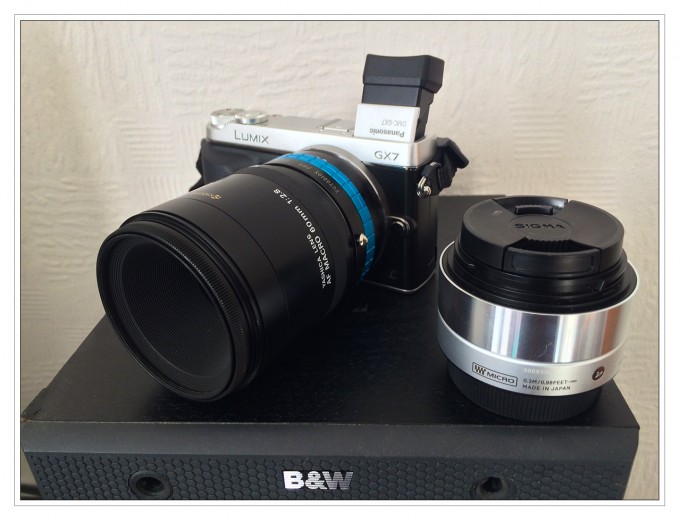
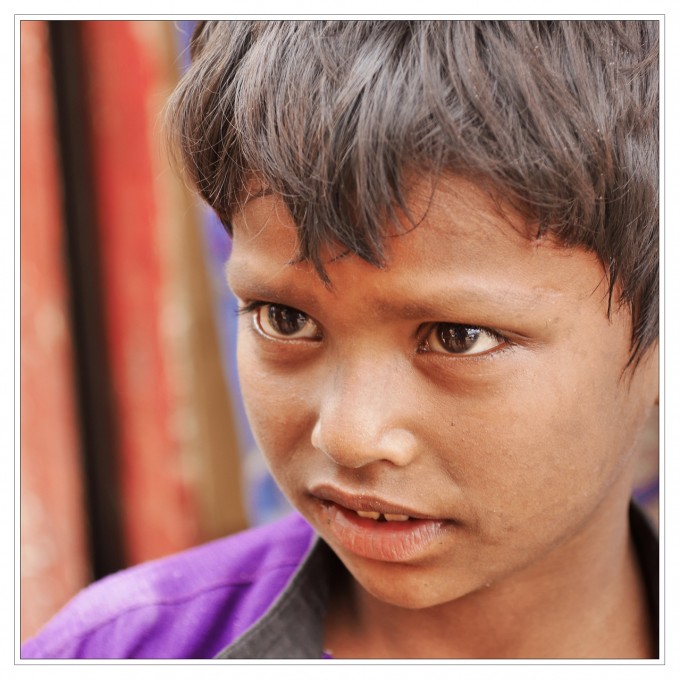
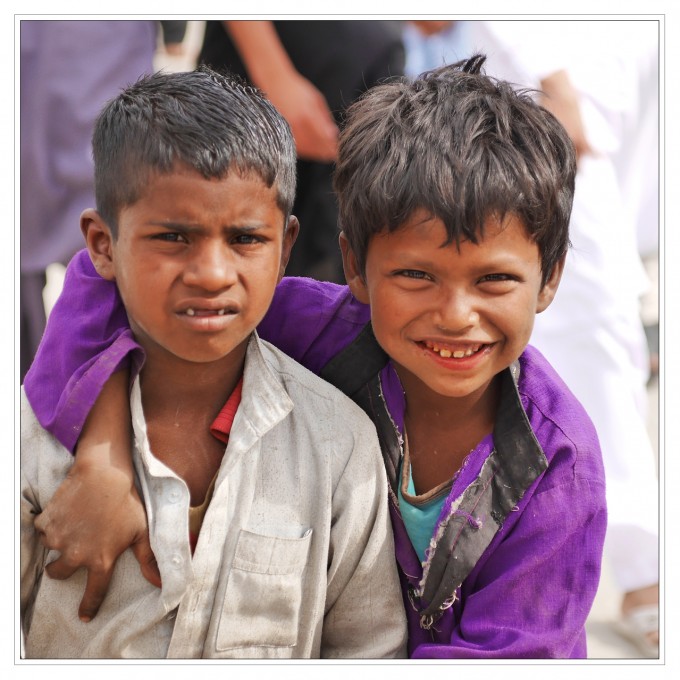
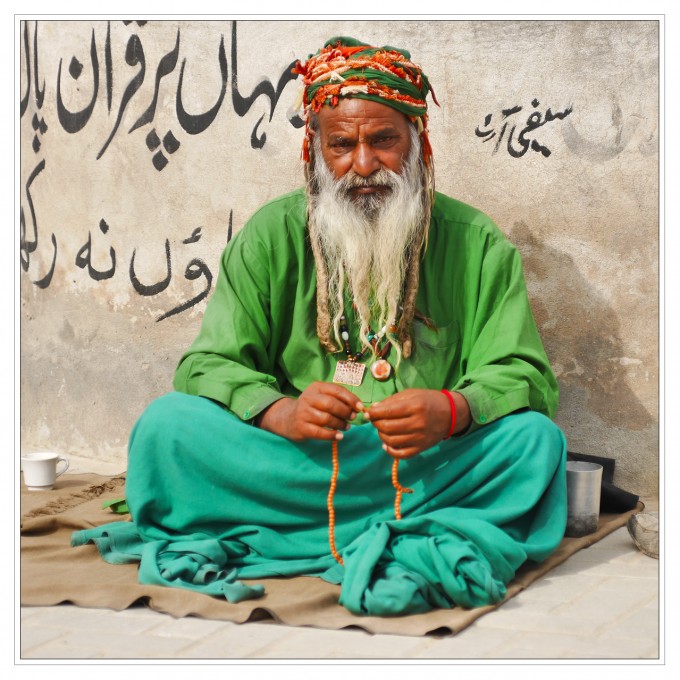
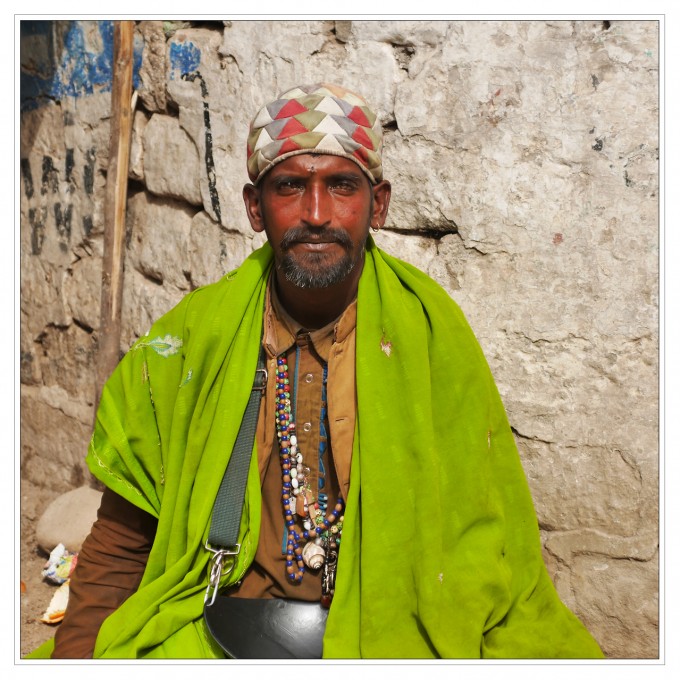
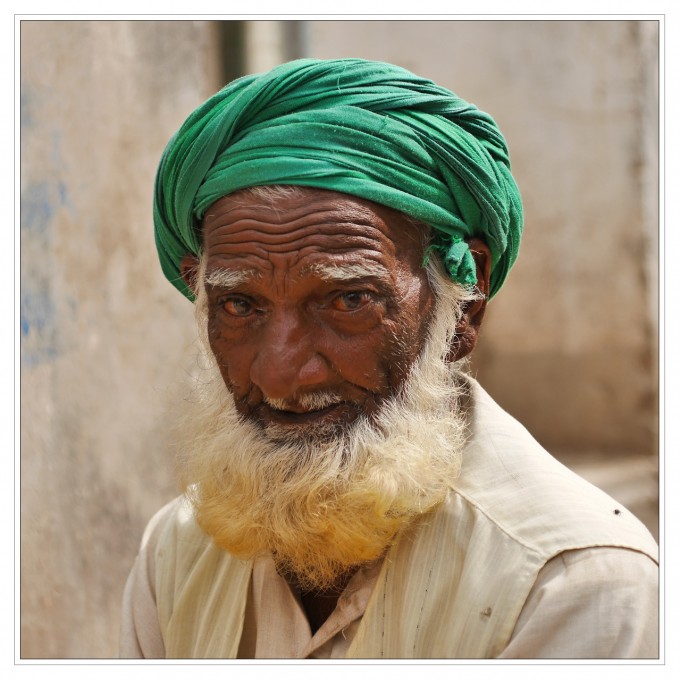
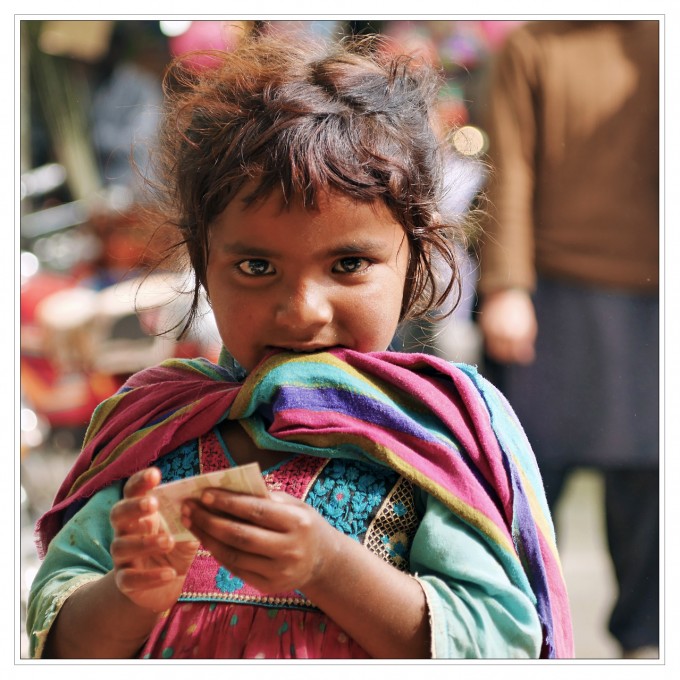
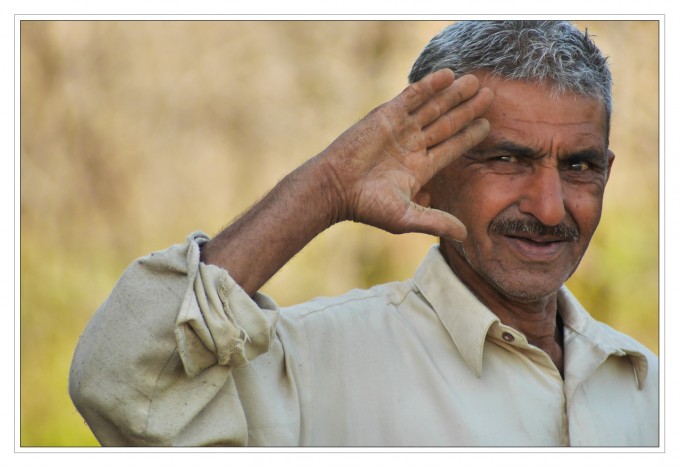
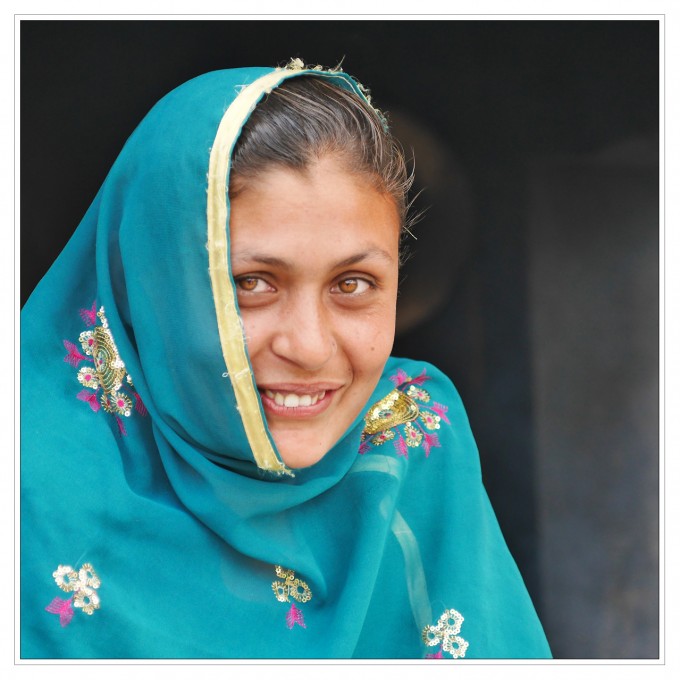
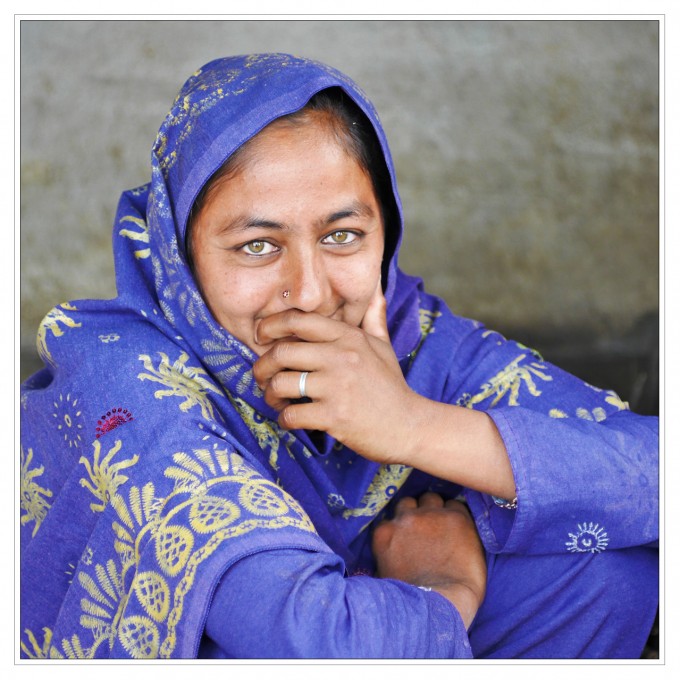
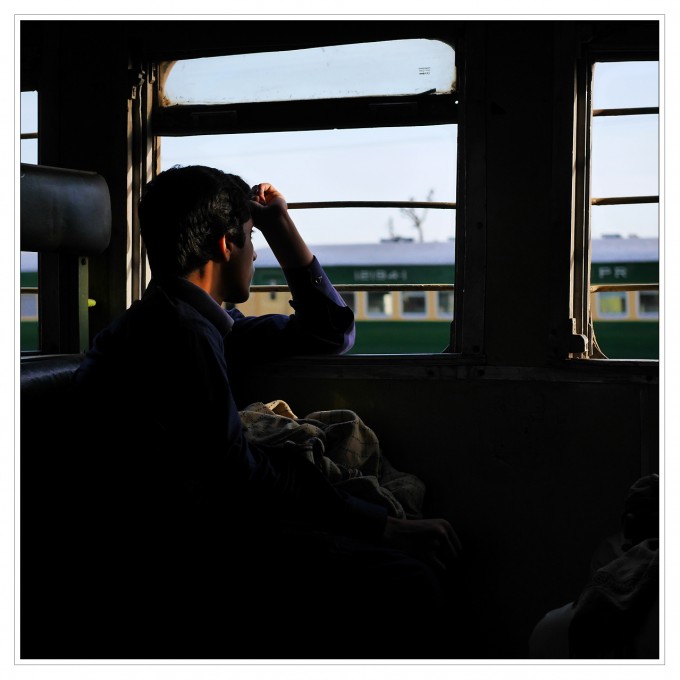
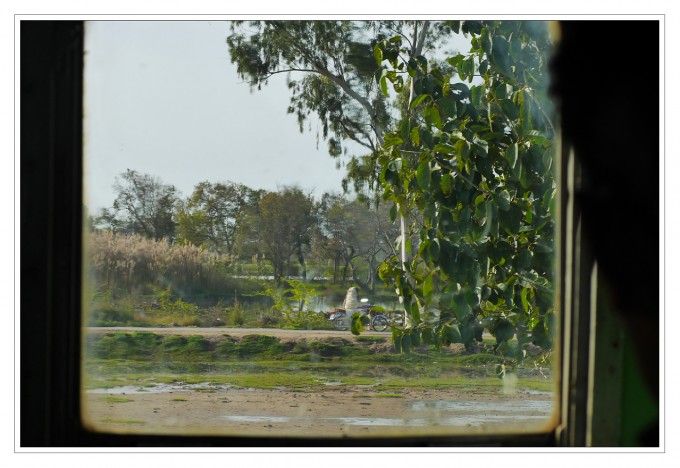
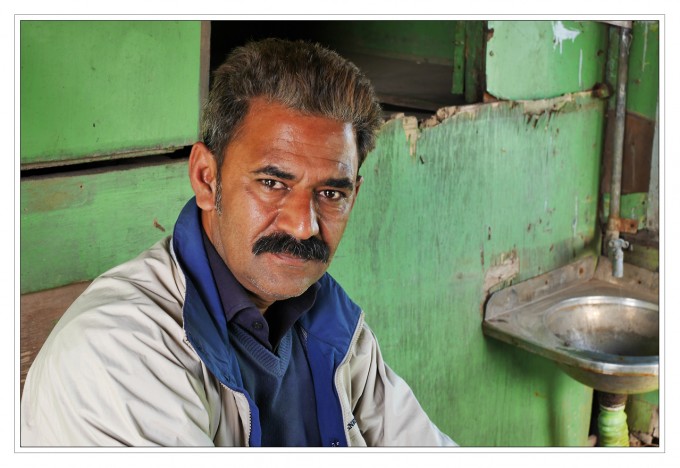
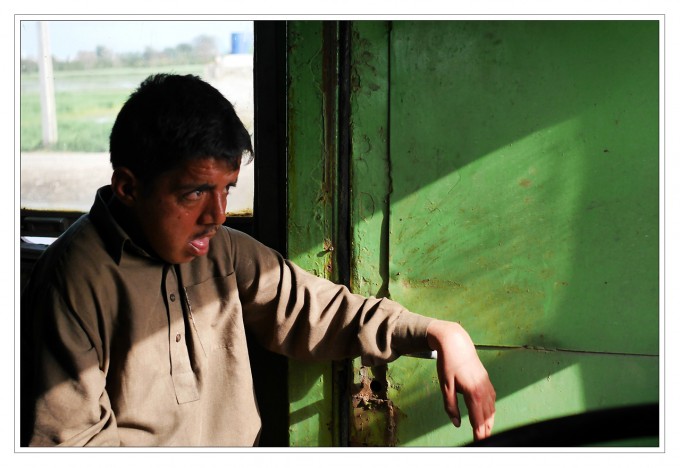
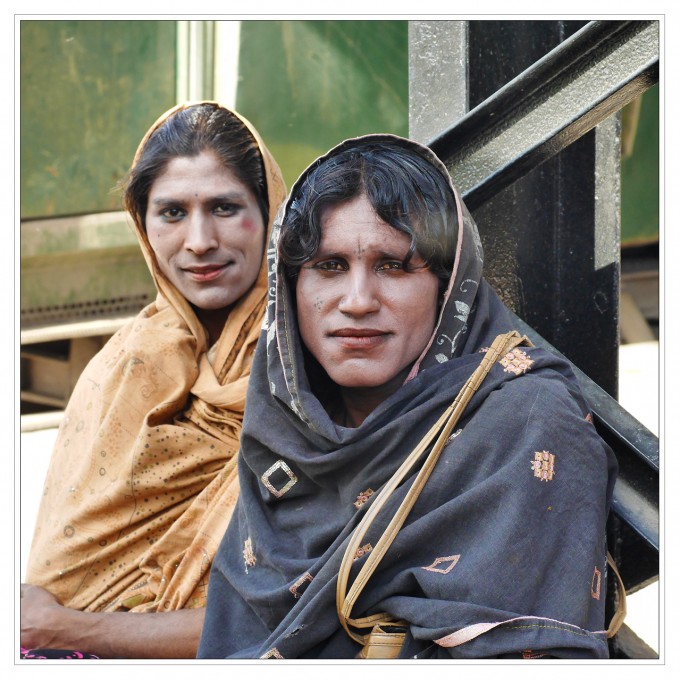
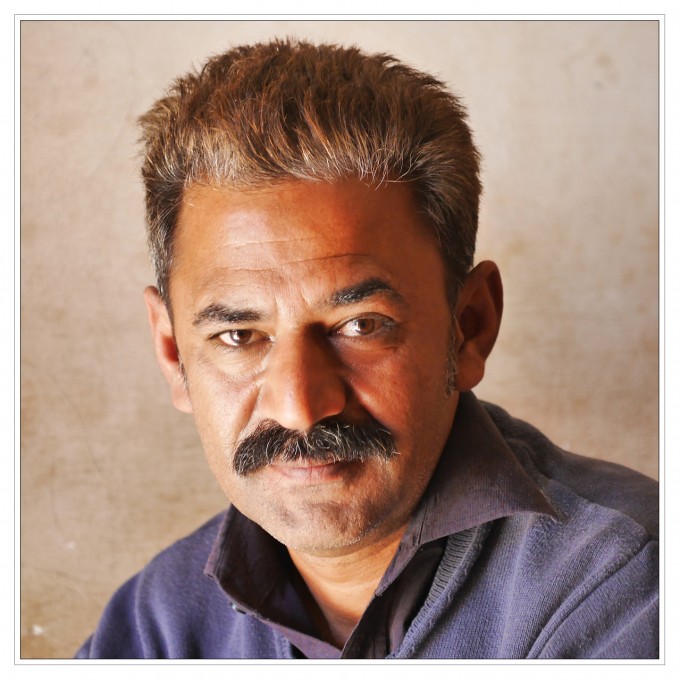
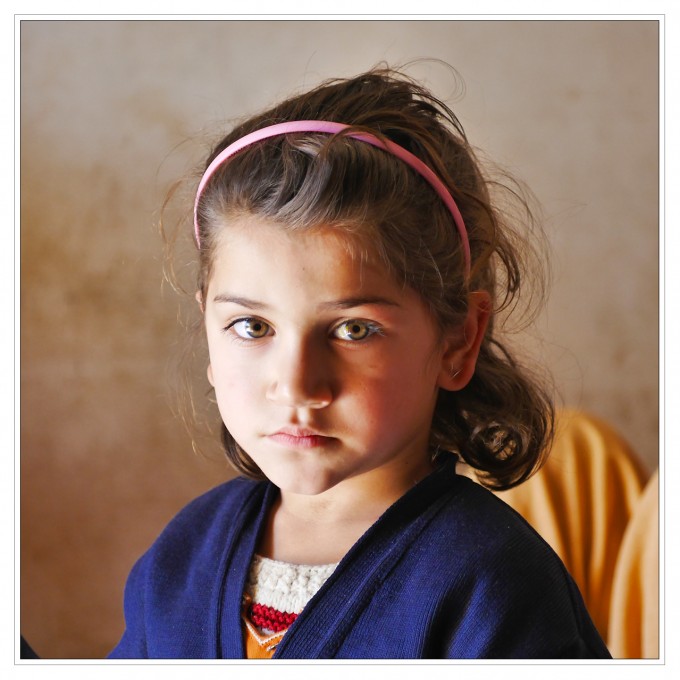
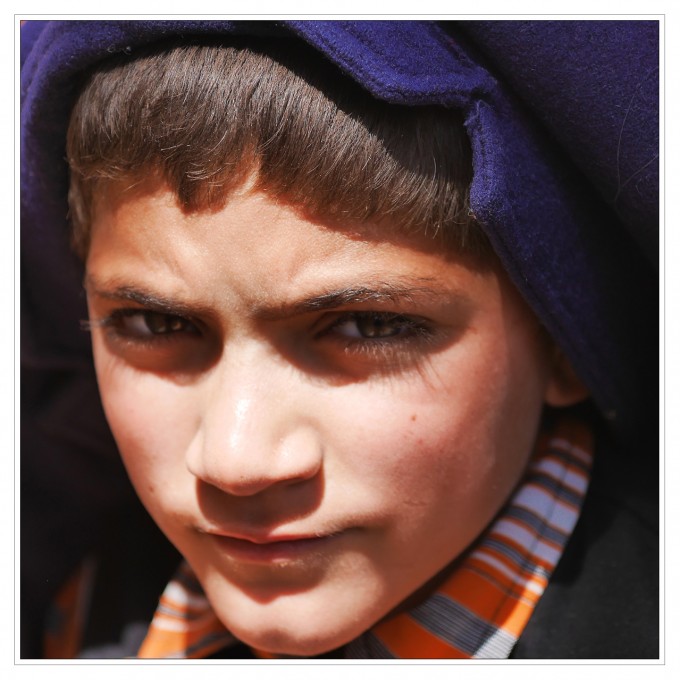
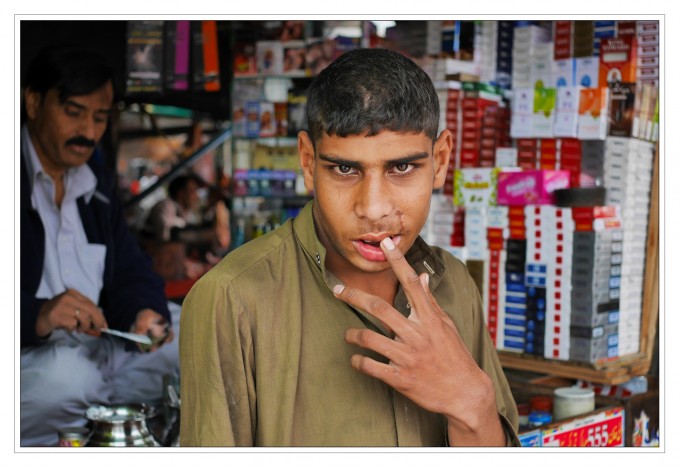
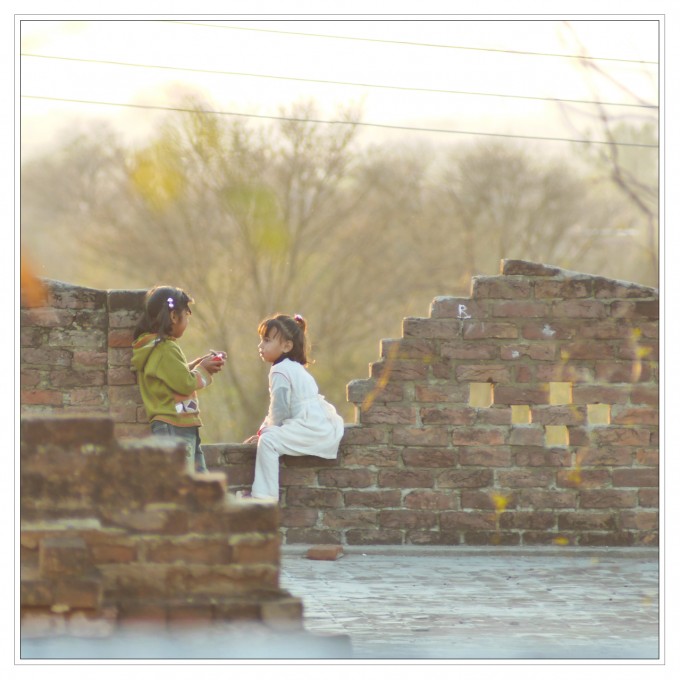
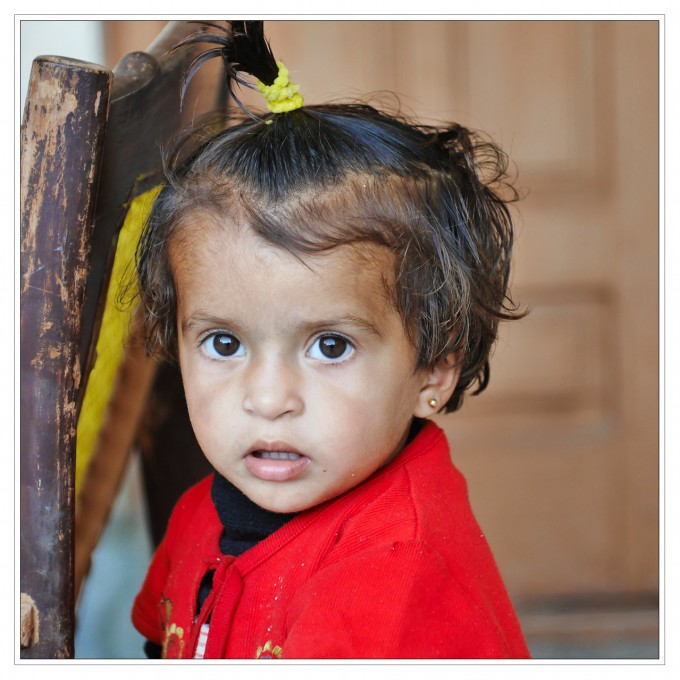
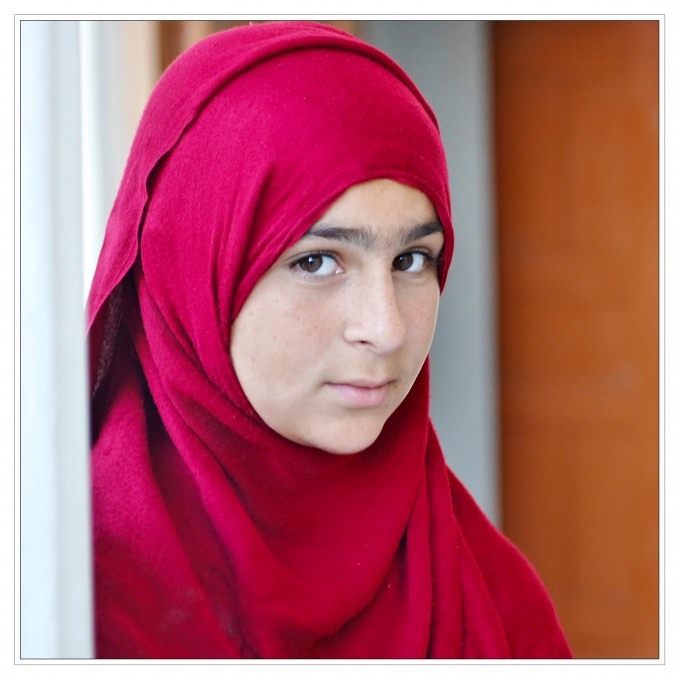
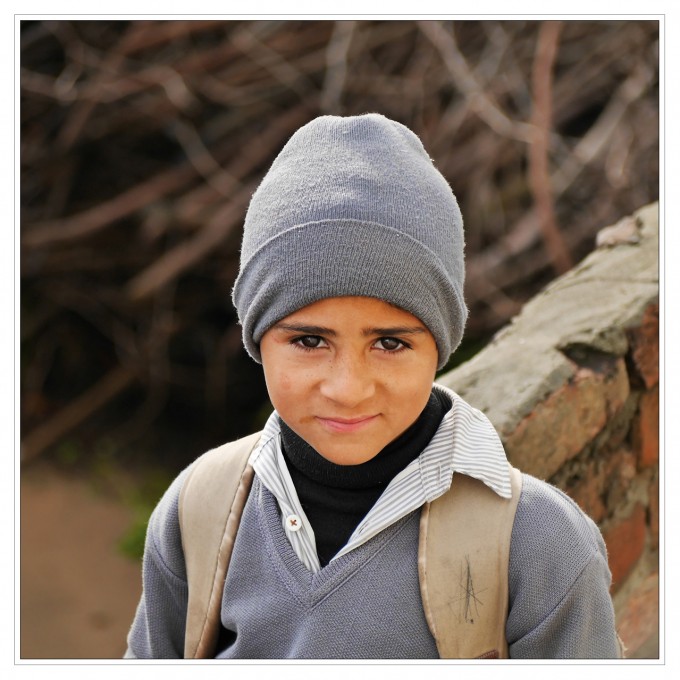

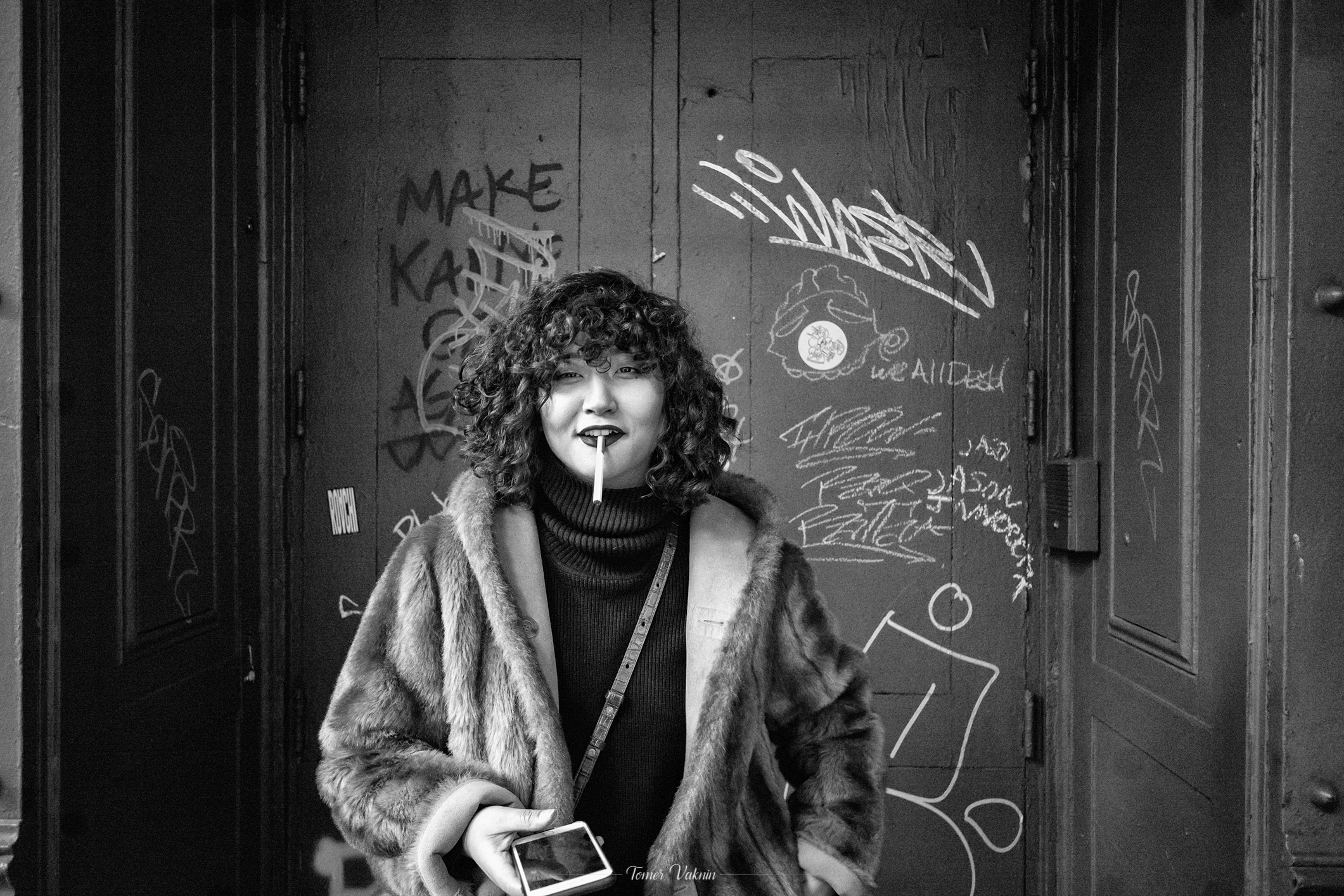
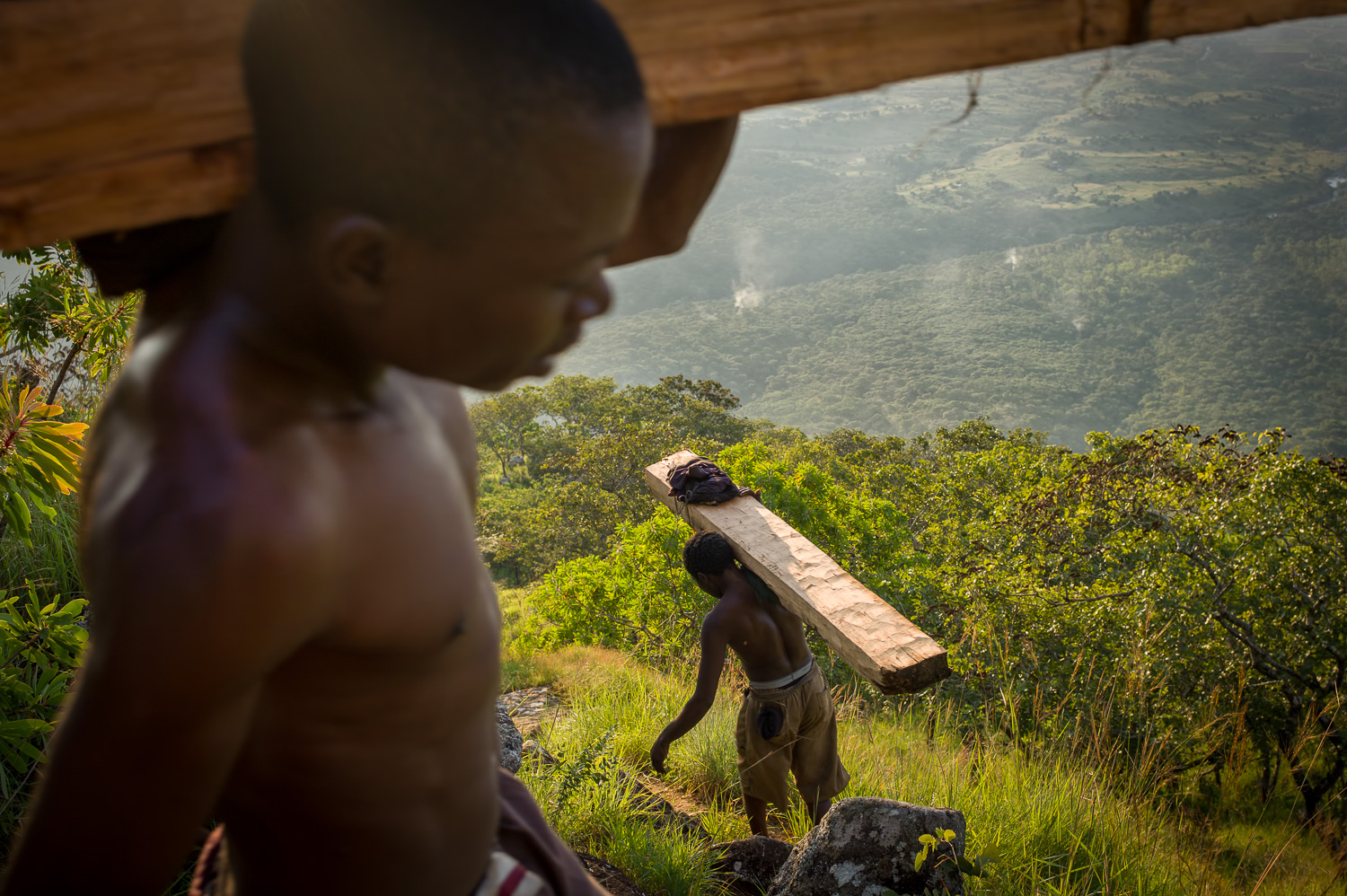
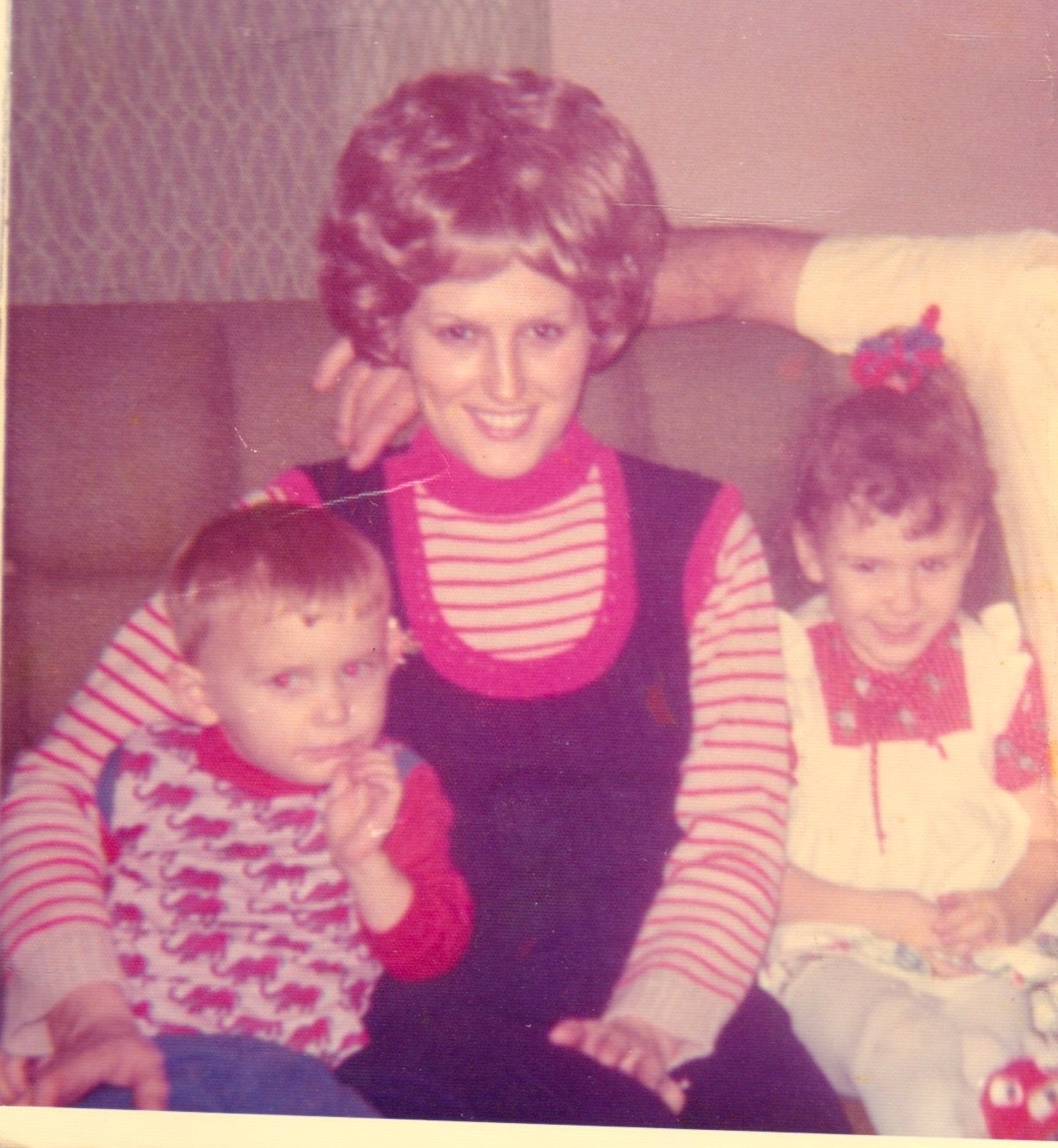
A very engaging set of portraits, beautifully shot with great gear. A rare treat. Thanks for sharing.
Maybe I should rethink my plan of purchasing the new Samsung NX 500.
The GX7 is going for a very good price and I think you should test one out see if you likeit. Thanks again!
These are absolutely beautiful shots. The portraits have a warmth and intimacy that says a lot not only about Ibraar’s eye but also his ability to establish great rapport with his subjects. I would like to see more posts from talented people whose work with a $ 600 camera and a $ 600 lens puts many Leica, Zeiss, Voigtlander users with 10 times the equipment cost to shame.
Thanks ever so much Tony.
That Yashica lens cost me about $150! That is a veritable Bargain for a Carl Zeiss Makro Planar!
Why CZ Makro Planar and not that good old one Macro Yashinon Tomioka 60mm f2.8 in M42 mount ? (both looks like similar)
😉
Ibraar, as usual I enjoyed your photo set very much. You know how to approach the local people to get stunning portraits.
Thanks Hugo.
I was impressed with the GX7 – it’s a shame my plans were cut short as I would’ve shot many more pictures with it.
You write about lenses and cameras a lot, but your real talent lies elsewhere: you get strangers to allow you to photograph them with great result!
I am, like you, in my forties, and experience the same frustration when using manual focus. I tend to focus on the eyelashes, but often don’t nail the focus perfectly, even though my camera (the Nikon V1) has a really good EVF. Another thing regaring using legacy lenses is that there is no in-camera correction. So I have learned to do these corrections in post (esp. contrast and sharpness). The V1 doesn’t have in-body stabilisation, while the GX7 does, which makes it a better camera than my V1, certainly when using longer lenses.
I also own the panasonic GH3, their flagship camera, but I find the EVF to be horrible, making it impossible to use the GH3 with legacy lenses, which is a shame. I still don’t get it why panasonic didn’t use the GX7 EVF on their GH-cameras…
Thanks Ivan, I’ve never handled the GH3 so cannot comment, though I have benefited from Focus Peaking which helps nail a lot of focus seeing as the EVF’s lack the micro prism type collars normal viewfinders for Manual lenses used to have.
I reckon the tech will improve with time.
As for strangers, 🙂 I used to be very apprehensive and shy, but I just chat and then ask if I can snap them without making them feel as if they’re ‘exhibits’ or specimens or freaks to show my Western friends, and the beggars I just had a quick chat and handed a few Rupees!
The pictures are beautiful! Congratulations!
This camera is great especially if you consider at what price you can buy it now. But i prefer my OMD EM1 from a handling perspective.
Thanks Peter, I agree the OMD EM1 ihandles better – then again it is a more or less Pro body as far as M4/3 is concerned.
A shame Olympus decided to make their kit in China though which is not good, as all the other major makers high end gear is Japanese or German made.
Gem of a camera.. Unhralded and under the radar of most people. Small enough to fit in a coat pocket. lLove the silent feature. Love the tilting touch screen. Only thing that it misses is no auto ISO in manual mode. And I’m not sure what features you’d sacrifice by not using dedicated Panasonic or Olympus lenses
Hope you enjoyed your trip and some nice photos. Not sure what you mean by the *real* Punjab – I’m sure some may consider Punjab state as the *real* Punjab.
Of course Punjab is split into two now – but I was just indulging in some ball busting! 😉 winding my Indian friends up a bit!
As Kipling says in Kim “Whoever holds Zamzama, Holds The Punjab”. Lahore is also or rather was the capital of The Punjab, and the five rivers which give the Punjab it’s name more or less all are prominent in this region.
A most interesting presentation. So, thank you! ‘Kashmiri Village Girl’ is my favourite.
This camera has its EVF exactly where it should be – right in the corner. I wish Sony would have done this in the A7 bodies as it did with the NEX-7. Seriously, there is no need to copy SLRs. And the fact that it tilts – bonus.
I am a bit interested in the ‘Sain’ boy whom you describe as divinely gifted. Does this mean he is a prophet? Is he psychic? Did you get a chance to talk to him?
There “Sain’s” in general are thought to give good luck and pretty much taken care of nicely – in my western mind this lad seems to be mentally and physically disabled – but this disability is seen as a Gift – not sure why.
I didn’t talk much, just listened to him chatting to the stall holder, I said hello and then asked if I could photograph him.
Hello Ibraar. I love your photos as always, well done!
On the GX7 – you should look at the settings some more. I had mine set up for manual lenses to aperture priority with auto iso, back dial to exposure compensation and push back dial for magnification. worked well for me at least.
Good luck and all the best!
This is a wonderfully moving album of portraits. I pause to think about people living so far away from me. The colors are especially striking, and the square format works exceedingly well online. A remarkably affecting report. Thank you.
Thanks Stefan, I’m glad you like the Square format – I find it to be so easy to compose for and very forgiving.
Wonderful set of protraits! Very nicely taken and composed. I am using EM1 and I totally agreed with your statement about DSLR APC. May be for full frame DSLR, I simply will never go back to the bulk size and continue my investment with the wonderful m4/3
I am curious about your Sigma and comments I read, did not say it is good or if you think otherwise. Care to say a few words more about this lens? Love its size. BTW, I am also thinking of a second body to my EM1, it is either a silver color EM1 or a GX7. I love that tilting EVF feature very much.
The Sigma gives 60mm in 35mm terms, bit too long for a standard lens but is very good for people pictures as it’s very sharp with good contrast.
There’s also a 120mm equivalent f2.8 Sigma DN and one that is a nice standard length of 38mm f2.8 too. Very nice japanese made compact lenses.
I have really enjoyed seeing your images. Of course, I knew this as soon as I saw your name in the heading! I love your travel images and narratives.
When i read the name IBRAAR HUSSAIN on Steve’s site, i have a little smile on my face, oh yes ! it’s gonna be a good day ! Thank you for this new and wonderful chapter of the adventures of Hussain
A wonderful collection of photos with plenty of ‘pop’. Did you do any other post processing, if not, all the more impressive.
Only slight USM, resized to 1200 and added a border in Photoshop.
All basically OOC Jpegs at Vivid setting.
Thanks Ibraar. I found it very interesting and liked the portraits.
I would like to ask you how you find the GX7 for landscape photography. I like very much how compact it is, and also found it very sharp even with the X zoom lenses. However I found the dynamic range of the GX1 too short, and then I bought the A7, which requires bigger lenses.
Julio.
Hi Julio, I haven’t shot any landscapes with it – well, wide ones anyway – I did one or two at longer ranges such as this:
https://www.flickr.com/photos/71817058@N08/16645120040/
I find the DR/Latitude very good, and it can be adjusted in Menu.
Excellent camera.
Thanks Ibraar
NB. Picture 10 (The Rail Passenger) was shot with the Sigma, and Picture 22 (the Kashmiri school boy) was shot with a 40-150mm M Zuiko ED I have (and hardly used).
Just wonderful set of photos! Really nice feel to the renders that Yeshiva gives. The biggest benefit to mirror-less is the endless amount of legacy glass waiting to be uncovered out there! 🙂
About the exposure compensation on the GX7. When I first got mine I had the same issue and complaint at first. There is 2 ways to fix this.
In the main custom menu there is a function called “Dial Set” Here you can change what the dials do and add a dedicated Exposure compensation to either the the front or rear dial that is active during A and S priority settings (maybe more).
The other tidbit I figured out, and forgive me for not remembering if this is a default setting or not, but you can actually press “in” the rear dial like a button. This brings up the Exposure compensation table that is then adjustable by the front dial. I believe this works in all settings P/A/S/M/SCN etc and once you get used to it, its actually a clever way of adding a third function to 2 dials 😉
Hope that helps!
P.S. I think the GX7 is very underrated m43 camera. If the IBIS was a tad better and worked in video mode it would be hard to beat even by the newer cameras.
Thanks man, I did work it out eventually, but I absolutely dislike those SLR type jog dials and if Panasonic had included an old skool compensation dial it would be the icing on the cake.
Thanks again